Many untapped potentials exist.
Recently, The Times of India (a nearly 190-year-old newspaper in India) introduced Hoi An - a UNESCO World Heritage Site - as "a gem of affordable health care". The newspaper wrote: This ancient town shimmering with lanterns offers affordable yoga courses, traditional Vietnamese spa treatments and many attractive body detox programs. Hoi An cleverly combines classical architecture with comprehensive therapies, easily conquering tourists. If you are looking for a rustic resort, Hoi An is the perfect choice. Along with the list of "Top 5 health care destinations in Asia" are famous resort destinations such as Bali (Indonesia), Kerala (India), Minakami (Japan), Chiang Mai (Thailand).
Meanwhile, the website Spa & Wellness Australia said that the number of searches for the keyword “spa holidays in Vietnam” has increased by 175% in the past 12 months, far exceeding many countries in the region. This report stated that the trend of wellness tourism is witnessing a wise choice of those who seek a balance of life at a more affordable cost compared to Bali or Thailand - famous destinations that are becoming more expensive and crowded.
The site also notes that Vietnam, famous for its golden beaches, vibrant culture and breathtaking landscapes, is fast becoming one of the world’s most sought-after destinations for intensive retreats and restorative treatments. Interest in this type of tourism is growing as more and more travelers seek a place to relax, recharge and reconnect with themselves. Combining traditional therapies with modern wellness trends, luxury spa resorts in Vietnam offer the ideal space to heal both body and mind.
Along with that, Tatler Asia recently ranked a number of Vietnamese resorts in the list of the most prominent health destinations in Asia. In particular, TIA Wellness Resort Da Nang is especially mentioned as an East-West fusion model, with yoga, meditation, sauna, vegan and detox packages. This resort is gradually dominating Tripadvisor and Booking.com, especially attracting middle-class female tourists from Europe and America. Outstanding resorts in the health tourism line in Vietnam also include: Six Senses Ninh Van Bay (Khanh Hoa), Nam Hai Resort ( Quang Nam )... Notably, in June, Vietnam also hosted Global Wellness Day in Da Nang, marking an important step in affirming the national brand of health tourism.
The "problem" of positioning in the era of slow, green and healthy living
Despite making impressive strides on the Asian “wellness” map, Vietnam still faces many significant challenges – especially in the context of fierce competition from countries such as Thailand, Indonesia, Malaysia or India. These are all countries that have gone ahead, have a methodical development strategy and a clear early position in the field of health care tourism.
Indonesia, especially the island of Bali, continues to be an iconic destination for spiritual tourism, meditation and detox. Bali is famous not only for its natural landscape and indigenous culture, but also for the way they make “wellness lifestyle” a part of their tourism identity. Here, intensive resort models such as sound healing, yoga combined with rituals, or resorts associated with Buddhist meditation and full vegetarianism have flourished, attracting a large number of tourists from the US, Europe and Australia. Indonesia has also implemented a national strategy for wellness tourism, with clear directions for key areas, and at the same time, encouraged business development in this field.
Malaysia, although less competitive, has still established a foothold thanks to the model of combining medical tourism and health care, with a modern hospital system closely connected with hotels and resorts. They position “wellness” customers as a group that needs to combine physical - mental - intensive medical recovery, thereby expanding the high-end tourism segment.
Meanwhile, India is the “cradle” of yoga, Ayurveda and Vipassana meditation – three cornerstones of global spiritual tourism. Centers such as Rishikesh, Kerala or Dharamsala are always on the list of top destinations for international “wellness” tourists, thanks to their prestige, philosophical depth and rich therapeutic culture. However, it is the solid foundation and deep understanding of “wellness” that can make India a potential tourist market for Vietnam. Despite having top treatment centers, not all Indian tourists are looking for a deep healing experience at home. Many want to explore new destinations, with more reasonable costs and combined therapies, where they can both relax and experience unique culture as the article in The Times of India suggested. Indeed, if the Vietnamese tourism industry can take advantage of its diverse landscape, affordable costs and the development of modern “wellness” resorts, it can completely meet the diverse needs of the Indian market, turning them from competitors into valuable sources of visitors.
In general, despite its great potential, compared to other leading countries in the field of health tourism, Vietnam's tourism industry still lacks a clear positioning strategy. The lack of connection between localities, service establishments and state policies has caused the "wellness" tourism sector in Vietnam to develop unevenly, failing to create a complete product chain.
Another notable weakness is the lack of standardization in service quality and human resources. Many spas and resorts are still operating spontaneously, lacking formal training programs and international practice certificates, making the tourist experience sometimes inconsistent. This affects the ability to retain high-end customers, who are very concerned about reliability, prestige and global standards. In addition, the presence of Vietnamese brands on international platforms is still limited. While Thai, Balinese or Indian resorts have been densely present in international press channels and specialized pages such as Retreat Guru, Healing Hotels of the World, or Global Wellness Institute..., the names of Vietnamese "wellness" destinations are still not widely known.
In the context of the increasingly sophisticated global “wellness” trend, aiming at “true healing” instead of just temporary relaxation, Vietnam needs to act quickly to avoid being left behind. The real problem is: How can Vietnam not only be a cheap destination, but also a destination with depth, with its own “quality”, truly understanding and meeting the needs of “wellness” tourists? This is not only a challenge for the tourism industry, but also a “problem” of developing a national brand in the era of slow living, green living and healthy living.
Health tourism has become a prominent global trend. According to the Global Wellness Institute (GWI), health tourism is experiencing impressive growth, with an annual increase of 21% from 2020 to 2025. The market is projected to surpass $1 trillion by 2025 and reach over $2 trillion by 2034.
Source: https://baophapluat.vn/viet-nam-tren-ban-do-diem-den-song-cham-post553302.html








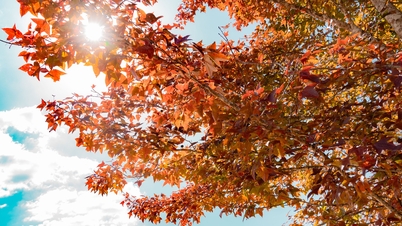

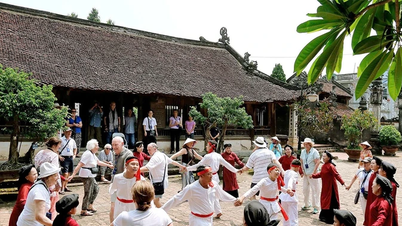

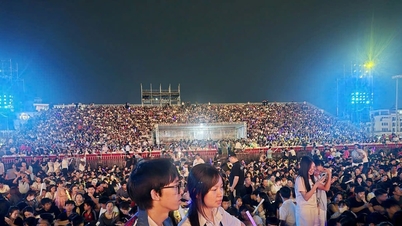



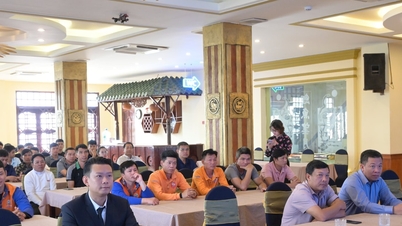


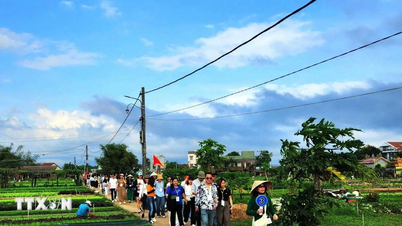

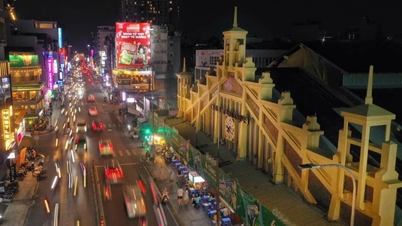


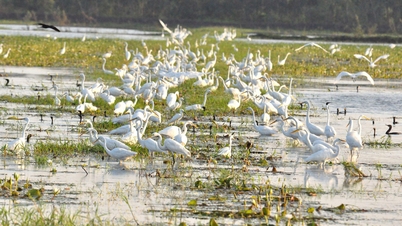

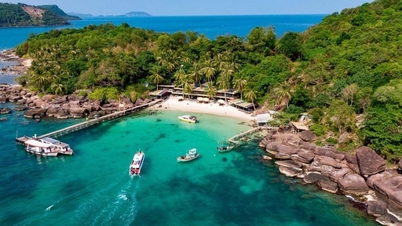






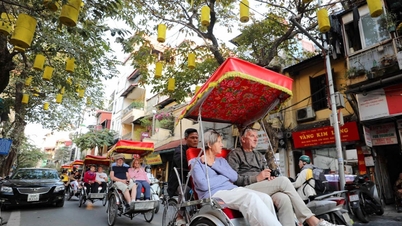
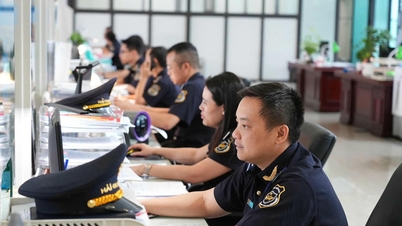

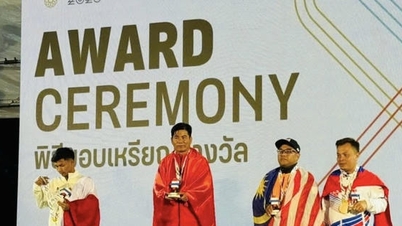
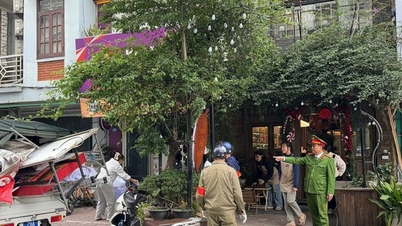

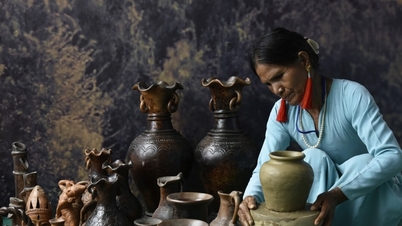






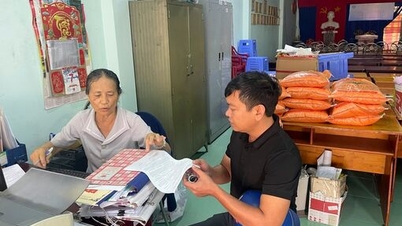





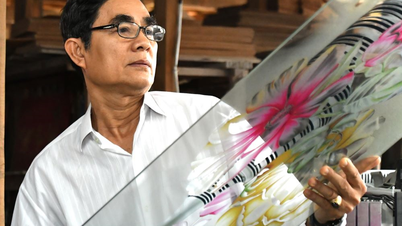


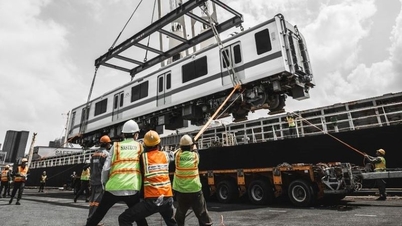








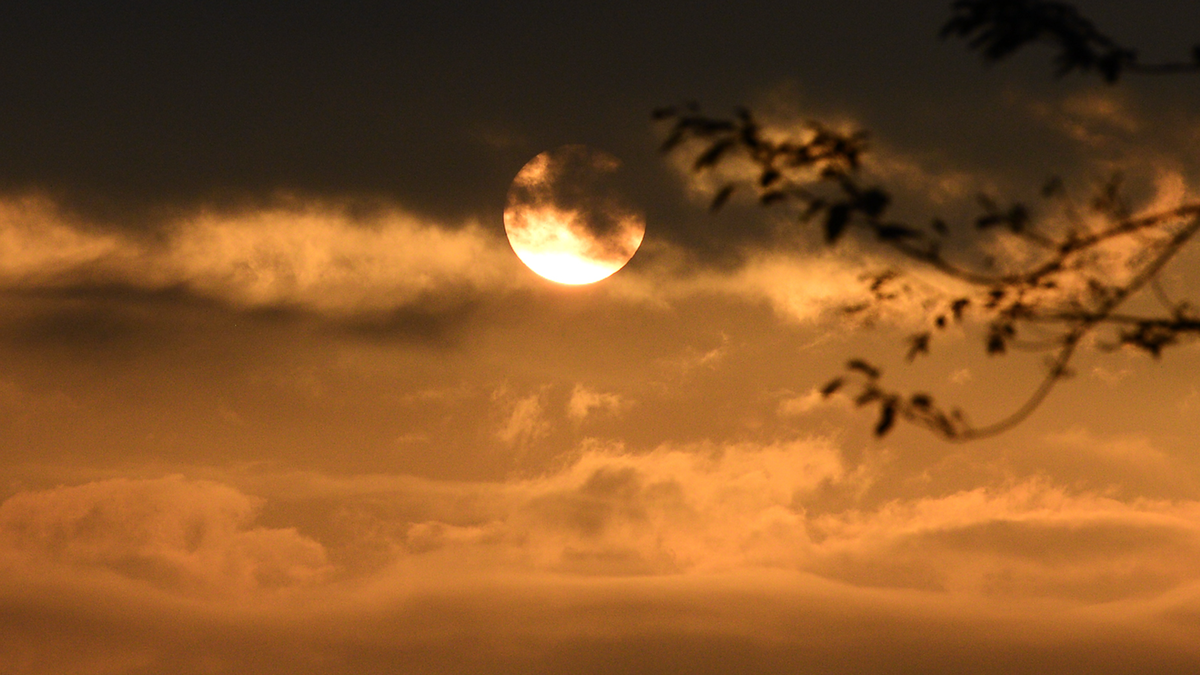

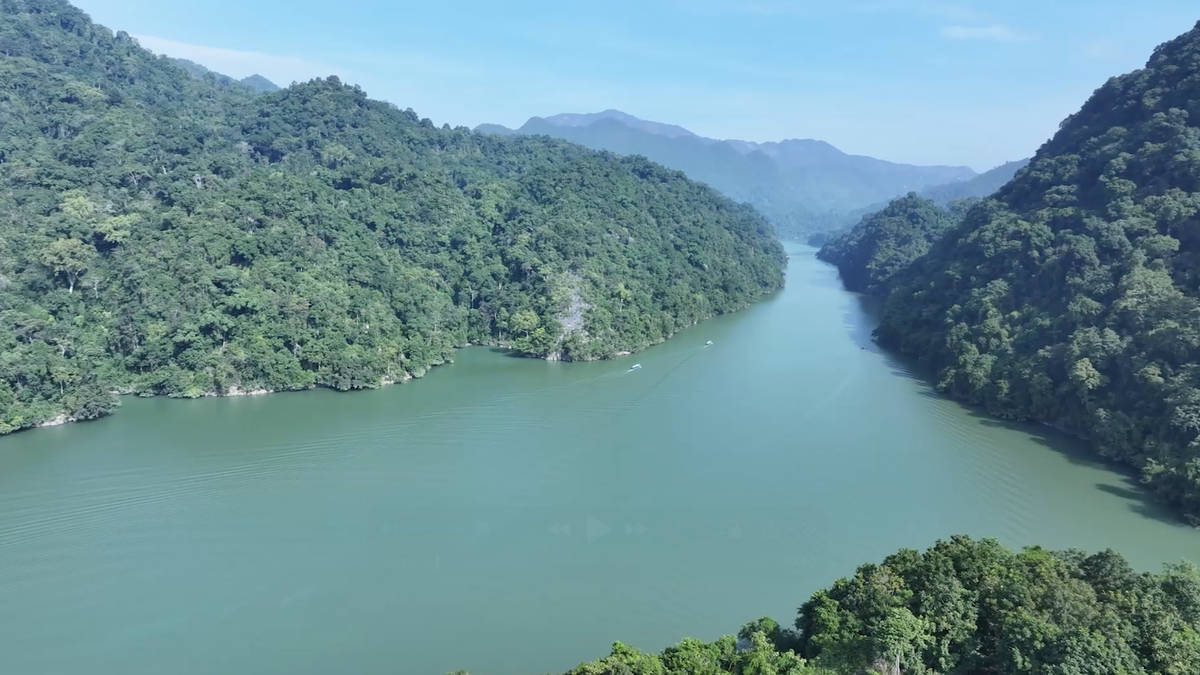


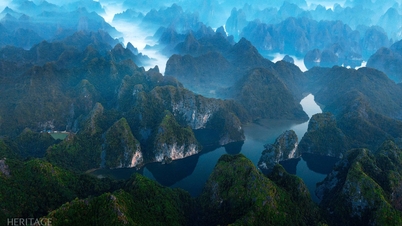
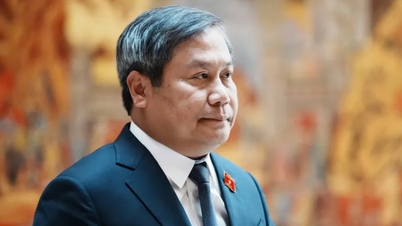

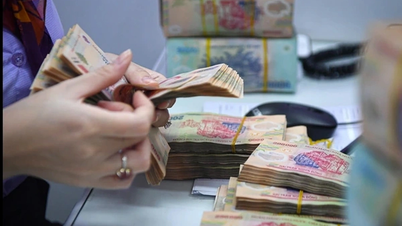



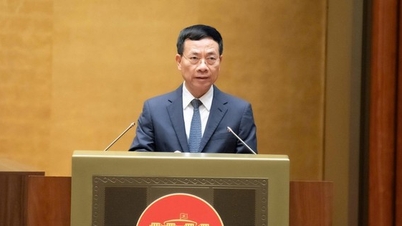




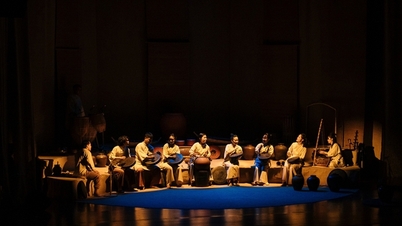
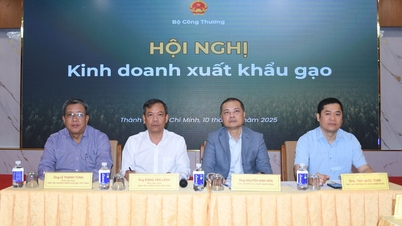




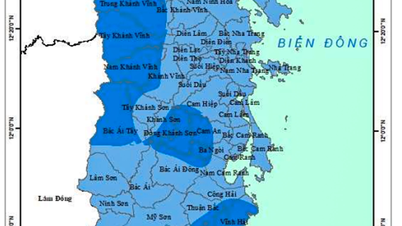



















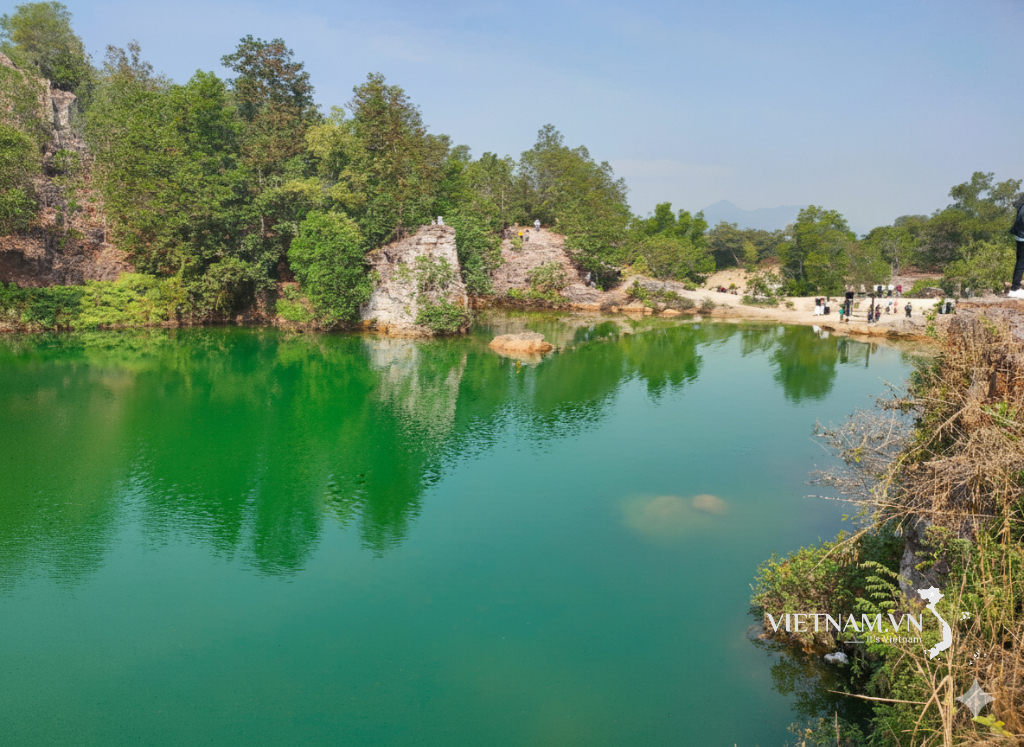
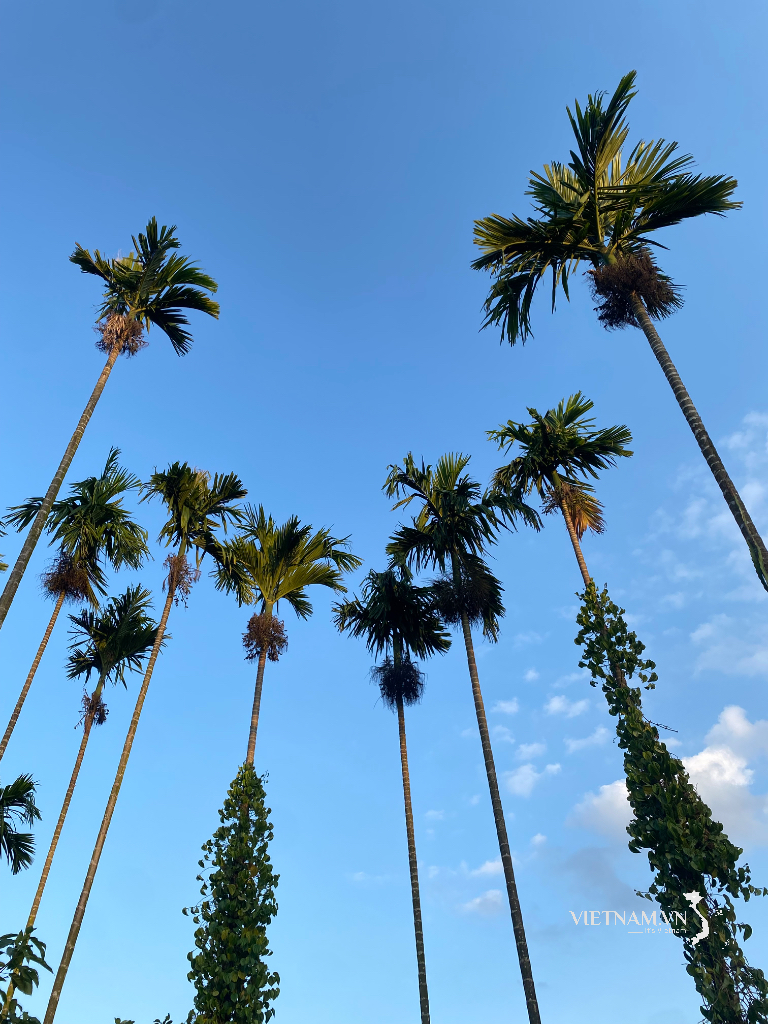





Comment (0)